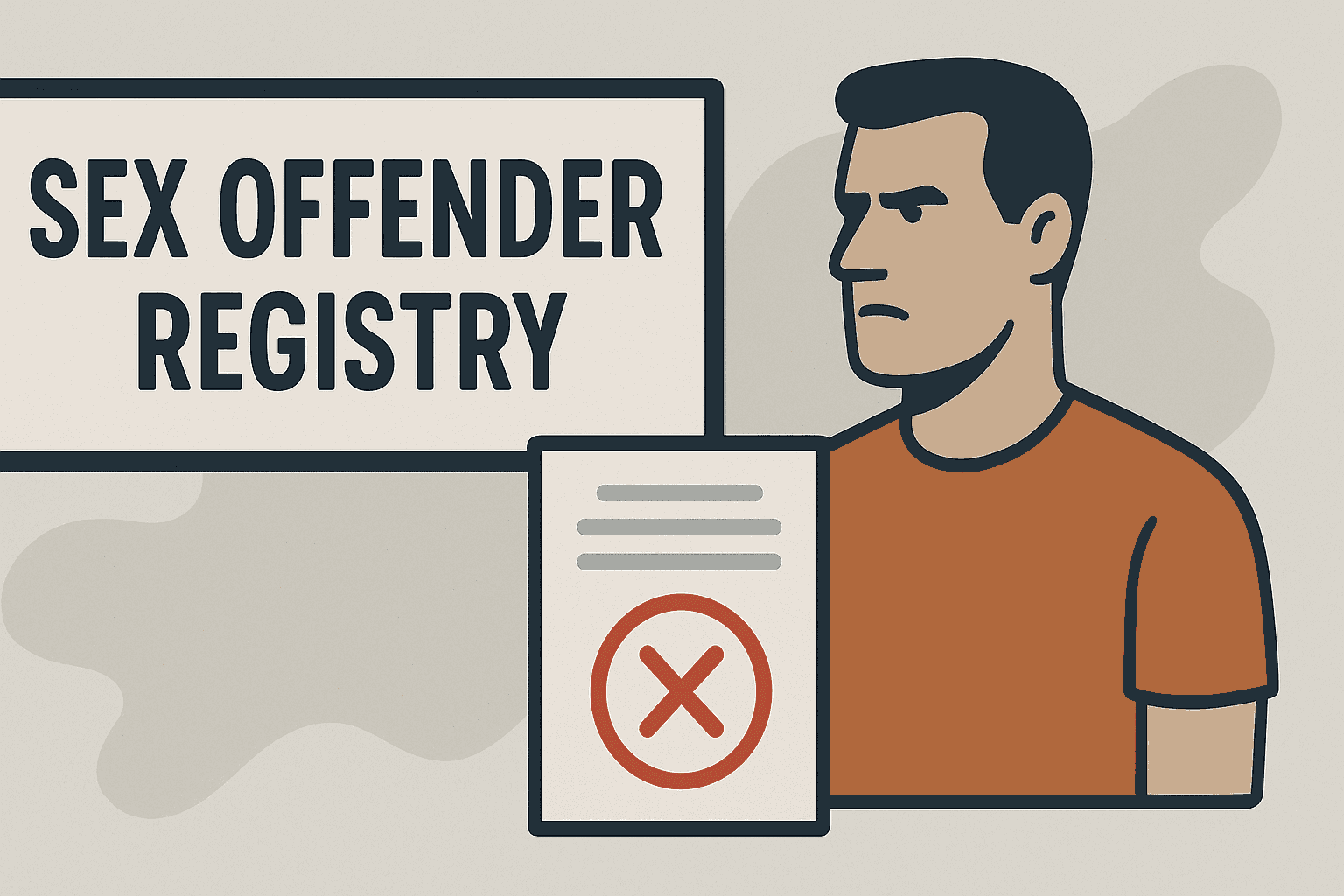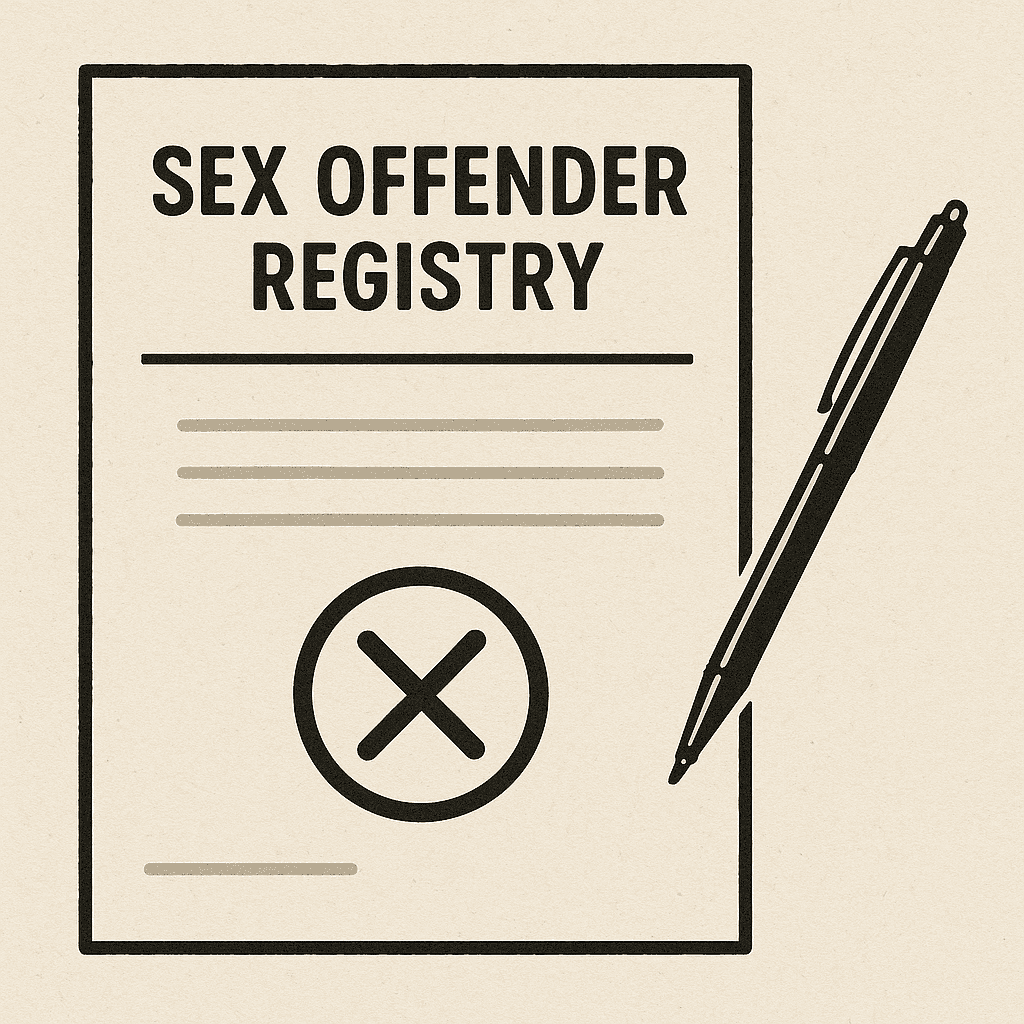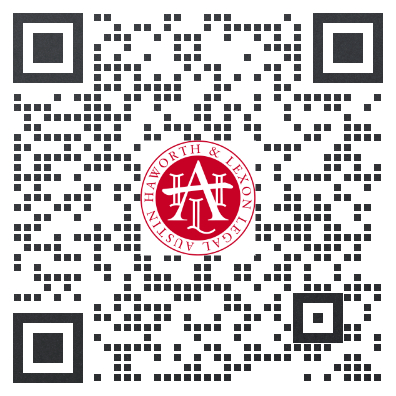Understanding the Registry for Sex Offenders: Legal Insights & Compliance Guide

Introduction to the Sex Offender Registry
The sex offender registry is a critical tool in Australia for monitoring and managing individuals convicted of sexual crimes. Designed to enhance public safety, it enables law enforcement agencies—and in limited cases, the public—to access information about offenders in their communities. Introduced in the 1990s following high-profile cases, the registry aims to prevent reoffending and promote community awareness. For more details, visit the Australian Institute of Criminology.
The registry operates under strict legal frameworks, such as the Child Protection (Offender Reporting) Act 2004 in Queensland, balancing public safety with offender rights. This guide provides a comprehensive overview of the registry’s legal structure, compliance obligations, key statistics, and notable cases, helping you navigate this complex area of law.
Statistical Overview of Sexual Offending
According to the Australian Institute of Criminology, in 2022–23, police proceeded against 9,101 alleged sexual offenders across New South Wales, Victoria, Queensland, Western Australia, the Australian Capital Territory, and the Northern Territory, involving 8,873 victims. The offender rate was 42.61 per 100,000 population, with males (80.04) significantly outnumbering females (5.89).
Table: Key Statistics on Sexual Offending (Australia, 2022–23)
| Metric | Data |
|---|---|
| Total Alleged Sexual Offenders | 9,101 individuals |
| Identified Victims Involved | 8,873 victims |
| Offender Rate (per 100,000) | 42.61 |
| Male Offender Rate | 80.04 per 100,000 |
| Female Offender Rate | 5.89 per 100,000 |
| Average Age of Offenders | 34.2 years |
| Most Common Charges | Indecent assault, sexual intercourse with a child under 16 |
| Highest Non-Compliance States | Queensland, New South Wales |
| Repeat Offender Rate (5 years) | Estimated at 13% |
| Offenders Removed via Petition | < 1% annually |
Notable Cases Highlighting Registry Challenges
Recent cases illustrate the complexities of the sex offender registry and compliance issues:
Andrew Hoffman Case (2024): A 37-year-old convicted child sex offender breached lifelong reporting obligations under Queensland’s Child Protection Act. While working as a DoorDash driver, Hoffman repeatedly visited a 17-year-old’s workplace, failing to report the contact. Despite his criminal history, Magistrate Deborah Vasta opted against imprisonment, citing employment and family responsibilities.
Nathan Large Case (2025): Nathan Large, 45, faced multiple child sex offence charges after an international investigation linked him to child abuse material via the U.S. National Center for Missing and Exploited Children. Allegedly abusing his role at WOW Performing Arts Academy, Large faces up to 20 years if convicted.
Legal Definition of a Sex Offender
A sex offender is defined as anyone convicted of a sexual offence, ranging from non-consensual acts to crimes involving minors, indecent exposure, or possession of child exploitation material. Definitions vary by jurisdiction, but convictions must meet criteria outlined in state criminal codes, such as the Crimes Act 1900 (NSW).
How the Sex Offender Registry Works
Upon conviction, offenders must register with state or territory authorities, providing details like name, address, employment, and photographs. Registration duration depends on the offence’s severity and assigned tier level. Regular updates are mandatory, particularly for changes in residence or employment.
Federal vs. State Registries
Australia lacks a publicly accessible national registry, unlike the U.S., which operates both federal and state systems. Each Australian state maintains its own registry, with varying requirements and access levels. For example, Queensland’s system is governed by the Queensland Police Service.
Who Must Register and When
Registration is mandatory post-conviction, typically after release from custody or upon a non-custodial sentence. Juvenile offenders may face exemptions or modified rules, depending on the jurisdiction.
Tiers and Levels in the Registry
Offenders are categorized into tiers based on crime severity and public risk:
Tier 1: Non-violent or first-time offenders, with shorter registration periods.
Tier 2 & 3: Serious or repeat offenders, often requiring lifelong registration and stricter reporting.
Penalties for Non-Compliance
Failing to comply with registry obligations can lead to criminal charges, fines, or imprisonment. Breaches are treated seriously due to their public safety implications.
Rights and Restrictions of Registered Offenders
Registered offenders face restrictions on residence (e.g., near schools), employment (e.g., roles involving children), and travel. These measures protect vulnerable populations but raise ethical concerns about offender reintegration.
Public Access to Registry Information
Unlike the U.S., where Megan’s Law allows public access, Australia restricts registry data to law enforcement and authorized agencies, prioritizing victim privacy and data security.
Removal from the Registry
Offenders may petition for removal after meeting minimum time requirements, demonstrating rehabilitation, and obtaining legal approval. Less than 1% of registrants are removed annually.
Legal Support and Representation
Navigating the registry requires expert legal assistance. Defence lawyers ensure due process, manage compliance, and handle petitions for removal. AHL Legal offers specialized support for these sensitive matters.
International Implications
Registry status can lead to travel restrictions, visa denials, or extradition requests. Agencies like Interpol may be notified, complicating international travel.
Psychological and Social Impact
Registrants face stigma, isolation, and mental health challenges, making societal reintegration difficult. Public exposure risks further complicate their rehabilitation.
Controversies and Legal Challenges
<section style="margin-bottom: lifetime punishment for minor offences or juveniles, raising civil liberties concerns.Best Practices for Compliance
To stay compliant, registrants should:
Stay updated on jurisdictional laws.
Report changes in address or employment promptly.
Seek legal advice for compliance or petitions.
Registry Updates and Notifications
Offenders must report changes in personal circumstances, and authorities may notify communities about high-risk offenders, balancing safety with offender privacy.

FAQs About the Sex Offender Registry
No, Australia’s registry is not publicly accessible, unlike some countries. Access is restricted to law enforcement and authorized agencies.
Duration varies by offence and jurisdiction, ranging from 8 years to life, particularly for Tier 3 offenders.
Yes, with evidence of rehabilitation, minimum time served, and legal approval, though less than 1% are removed annually.
Registrants face travel restrictions, must notify authorities, and may be denied entry to some countries.
It depends on the jurisdiction and offence severity. Some states allow exemptions or sealed records for juveniles.
Lawyers assist with appeals, compliance, and deregistration petitions, ensuring rights are protected throughout the process.
Conclusion
The sex offender registry in Australia is a vital tool for public safety, but it raises complex legal, ethical, and social issues. Understanding compliance requirements, legal rights, and the registry’s impact is crucial for offenders and their families. With strict penalties for non-compliance and limited opportunities for removal, professional legal support is essential. Visit our Registry Guide for more information or contact AHL Legal for expert assistance.
Need Help with Sex Offender Registry Matters? Contact AHL Legal
Facing registration, seeking removal, or need to understand your rights? AHL Legal’s experienced team is here to provide expert support.
✅ AHL Legal: Your Trusted Legal Partner
We offer professional legal advice and robust representation for registry-related matters.
👉 Contact AHL Legal for a confidential consultation or call 1300 91 66 77.
🌐 Visit our website: www.ahllegal.com



 1300 91 66 77
1300 91 66 77







 HOME
HOME


